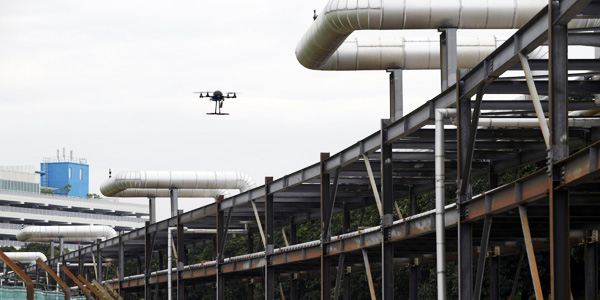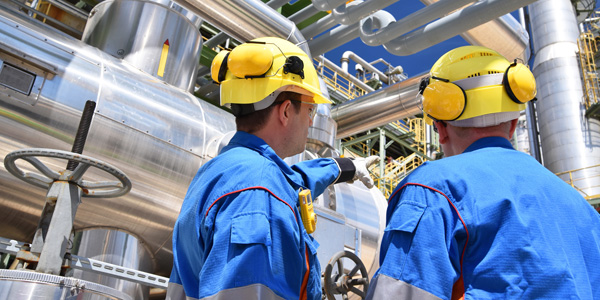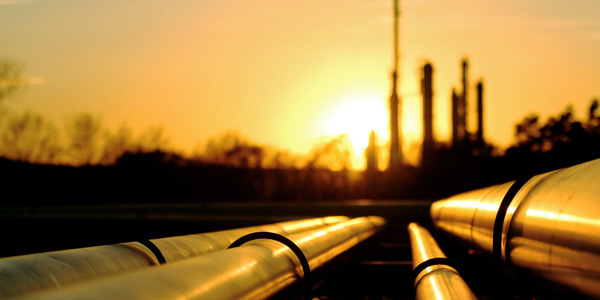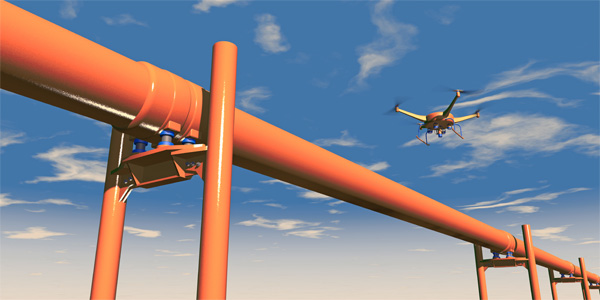INNOVATE
Fully automated drones to conduct inspection on Jurong Island
Published on 6 Nov 2018 | By Cheryl Teh | Source: Straits Times © Singapore Press Holdings Limited. Permission required for reproduction.
Fully automated drones can detect problems quicker and safer compared with manual checks

A demonstration showing a drone inspecting chemical and utilities pipelines for leaks on Jurong Island. The drones will be equipped with multiple video cameras and sensors. ST PHOTO: ALPHONSUS CHERN
Work is under way to build drones to inspect pipelines on Jurong Island- making the task more efficient and safer for staff.
The aim is to create fully automated drones- equipped with multiple video cameras and sensors- that can traverse the island in search of gas plumes- leaks and other signs of damage to the pipelines.
They will fly along the Sembcorp Industries Service Corridor- a 25km-long network of complex pipelines- to perform an automated visual inspection. They can be activated at any time of the day.
The Energy Market Authority (EMA) told The Straits Times it is now looking at various components and testing options before building a prototype. There is no timeline for the roll-out yet.

Workers currently have a difficult and potentially dangerous job manually inspecting the pipelines.
Certain gas leaks are invisible to the human eye. The sheer size of the service corridor- including its height and complex layers- also poses safety risks to workers on the upper layers of the pipelines.
The planned drones- which fly at an average speed of 2m per second- will be able to cover large areas and weave in between complex stacks of pipelines.
This will allow for large areas to be monitored with minimal manpower- thus reducing operational costs and making for more efficient troubleshooting.

Leaks can also be detected early as the drone-based monitoring system can cover all 25km of the pipelines within two weeks.
Manual inspection of all the pipelines can take up to a year.
Videos captured by the drones will be analysed through video and image-analysis algorithms that will automatically detect and flag possible leaks.
We will develop some intelligent learning algorithms to do the image analysis in order to find the leakage from the pipelines without human inspection.
Dr Zheng Jinghong- Deputy Head of the Energy department at Institute for Infocomm Research- Agency for Science- Technology and Research’s (A*STAR).
“However- human inspection is still important to confirm any problems with the pipelines-” added Dr Zheng- who is the principal investigator of the project.
Mr Tan Kian Hwee- Sembcorp’s senior manager of utilities and on-site logistics- said: “Sembcorp is a strong advocate of digitisation. We believe that with the most recent advancements in robotics- automation- and AI (artificial intelligence)- challenges can be mitigated.
We believe that this project will increase the frequency of inspection- enable us to have faster preliminary checks in the event of a leak- and reduce hazards for operators as well.
Mr Tan Kian Hwee- Sembcorp’s Senior Manager of Utilities and On-Site Logistics.

The project is one of the research and development projects that was awarded a grant as part of the Sembcorp-EMA Energy Technology Partnership (SEETP). The partnership was renewed for another $10 million- as announced by Minister for Trade and Industry Chan Chun Sing at the Singapore International Energy Week last month.
This brings EMA and Sembcorp’s joint commitment to over $20 million.
The partnership funds the automated drone monitoring project- and two other projects. These are the development of an online monitoring system for automated plant boiler inspections- as well as a way to convert waste heat – a by-product of many industry processes – into electricity and chilled water.
Was the article helpful?
A*STAR celebrates International Women's Day

From groundbreaking discoveries to cutting-edge research, our researchers are empowering the next generation of female science, technology, engineering and mathematics (STEM) leaders.
Get inspired by our #WomeninSTEM
